Urban Farmer's Almanac
January 8, 2016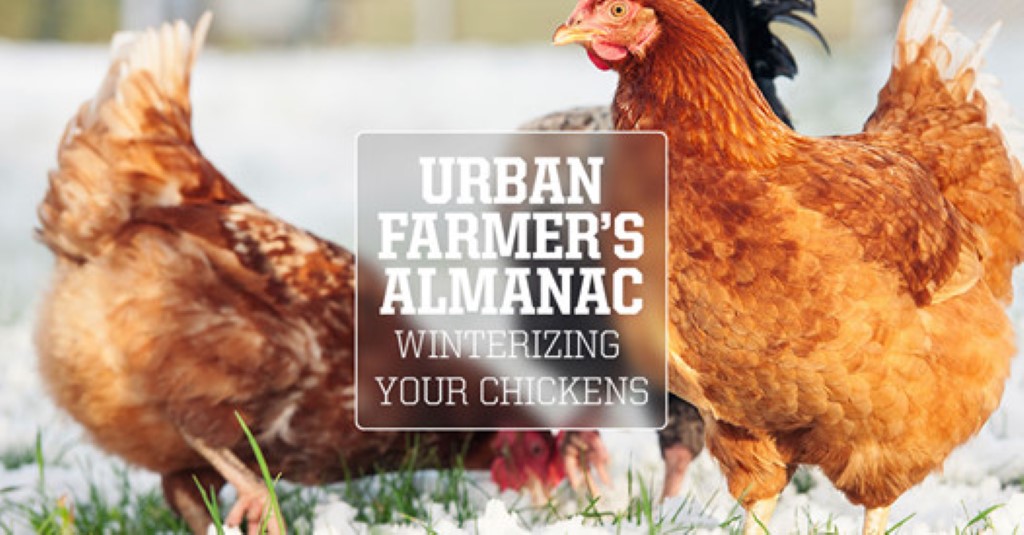
In this issue of the Urban Farmer's Almanac from Coastal: Starting your seeds early, Fun Facts and Tips for Winterizing your chickens.
Starting your Spring Garden Seeds Indoors
This is a great time to get a head start on the growing season. Vegetables, herbs or flower seeds can be started indoors and transplanted as Spring arrives.
Tomatoes, including Brandywine, Cherokee Purple, Roma and Heirlooms need 6-8 weeks to reach transplant size.
Peppers, like the California Wonder, Jalepeno, Sweet Banana and Chili also need 6-8 weeks before being transplanted outside.
Herbs such as Basil, Chives, Oregano, Parsley and Thyme do extremely well indoors during the winter months and are ideal for urban dwellers.
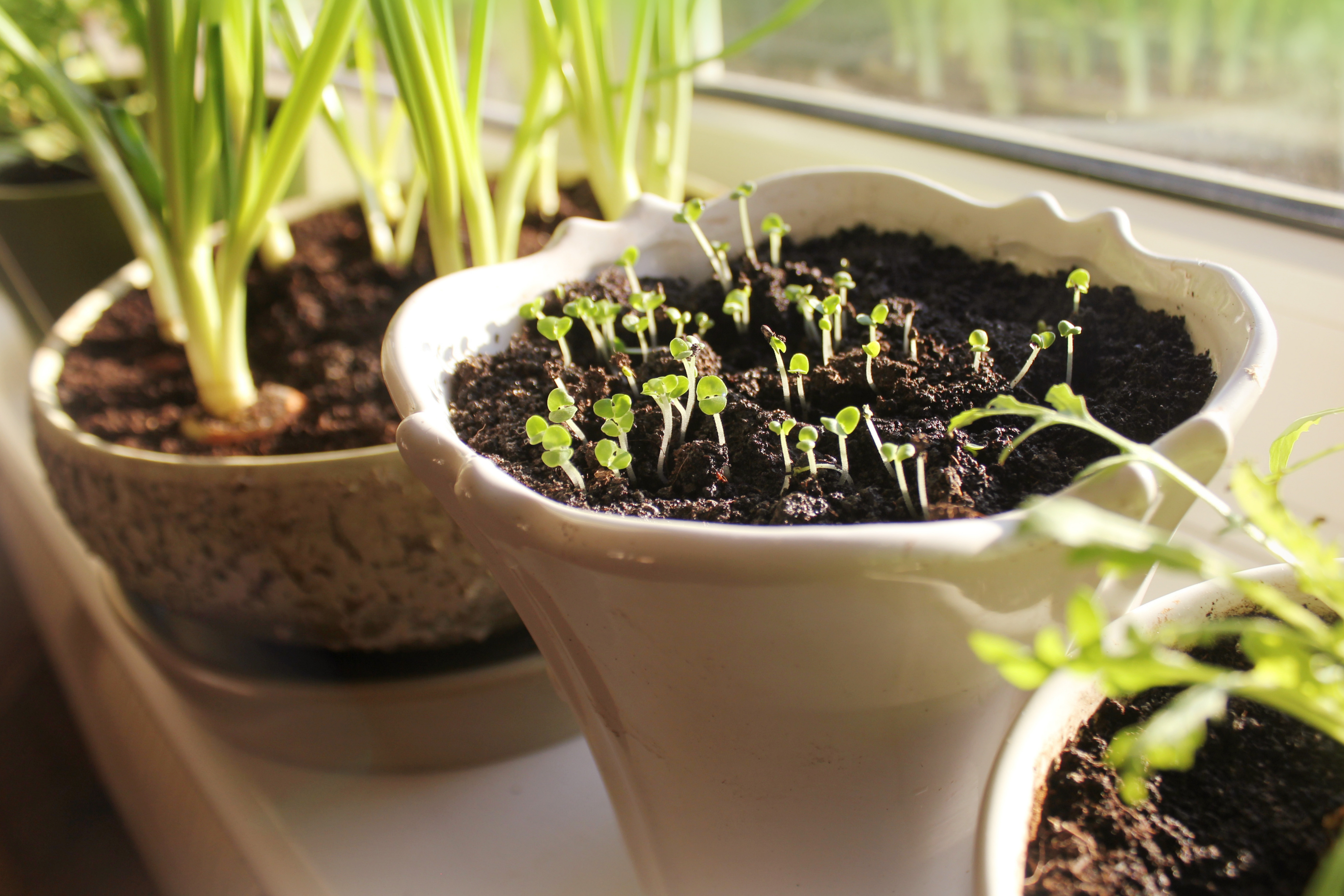
Annual flowers like Zinnia, Marigolds and Geraniums and Perennials like Daisies and Poppies do well germinating indoors. Make sure you transplant after the last frost as early transplantation can harm the seedlings.
Whether you’re living on ten acres or on the 10th floor of a condo in the Pearl, January is a great growing season on the shelf of your kitchen window.
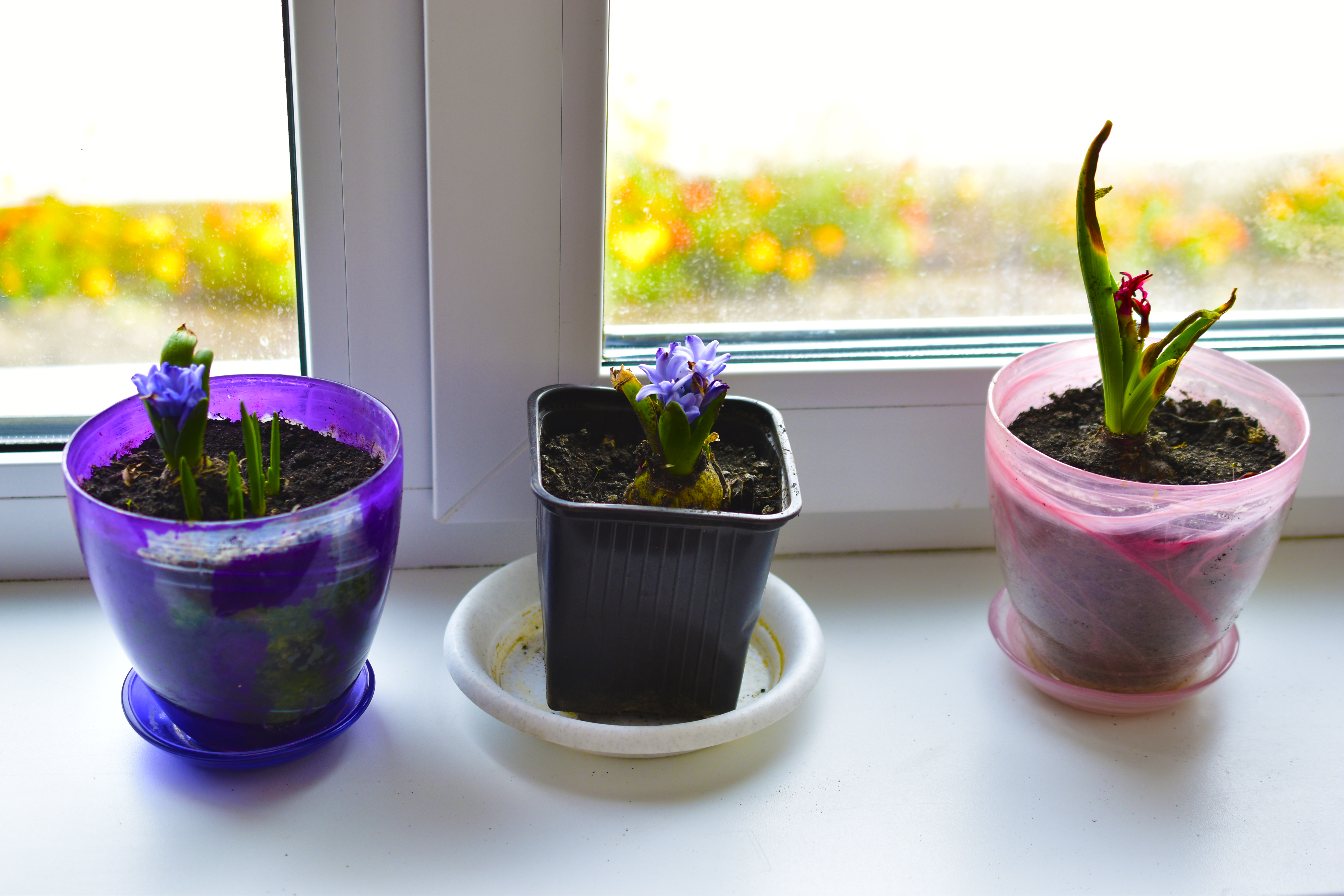
Coastal has an amazing collection of seeds, planters and farm-fresh advice for lovers of the urban landscape. From the four corners of the Northwest and just down your block, Coastal is Just What The Country Needs®
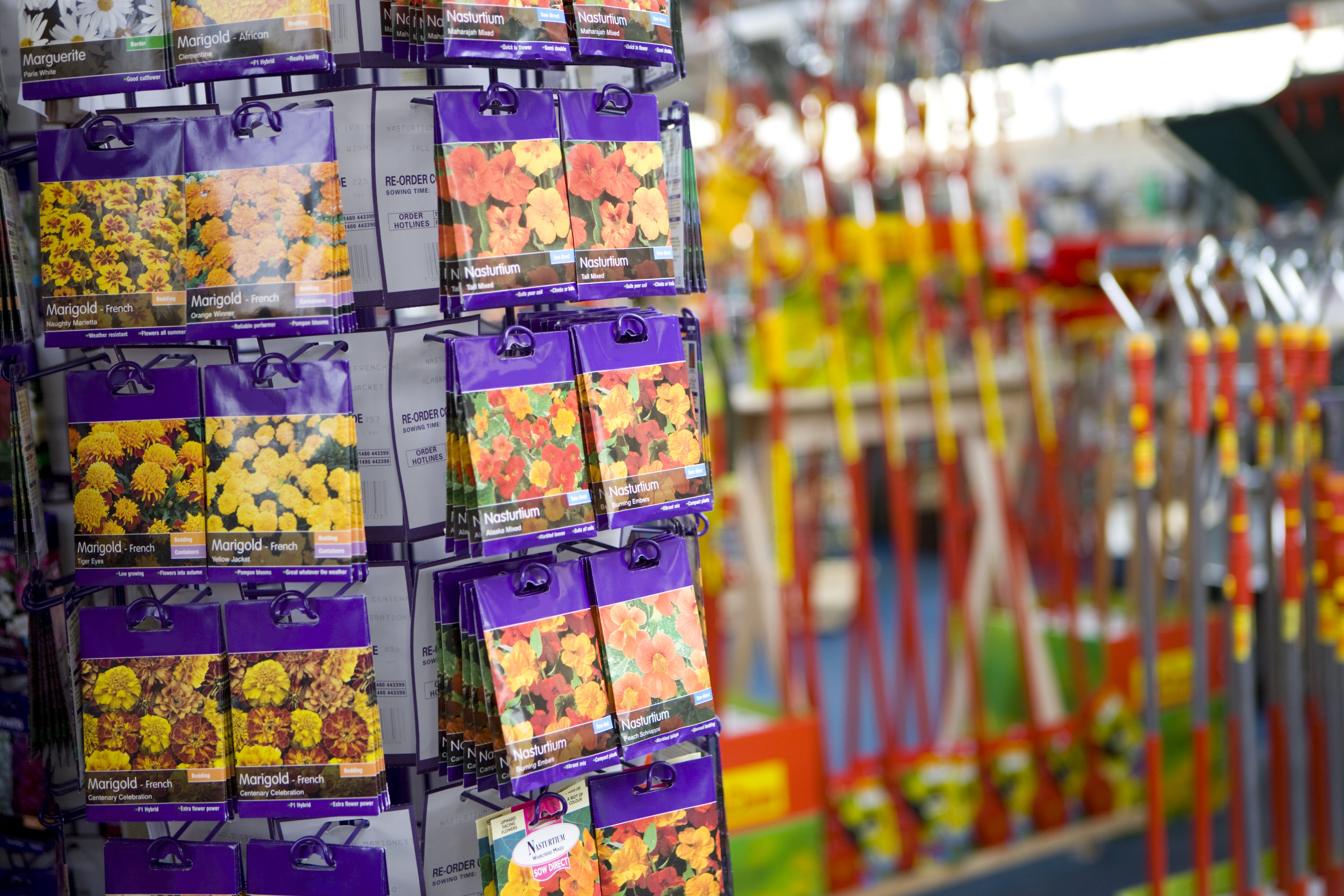
Fun Facts
From farm to table, more than one-third of the world’s food supply goes uneaten or is thrown out. Nearly 3 billion people could eat off the food that’s wasted.
Researchers have shown that chickens feel empathy for each other, particularly hens for their chicks, which is one reason they are so protective of their young. Who knew Henrietta could be so feeling?
Snirt is the kind of snow that doesn’t make for good sledding or clean snowmen. It’s a mix of dirt and snow, typically grey or brown and usually found in piles next to roads and lots. Steer your sled elsewhere.
Winterizing your Chickens
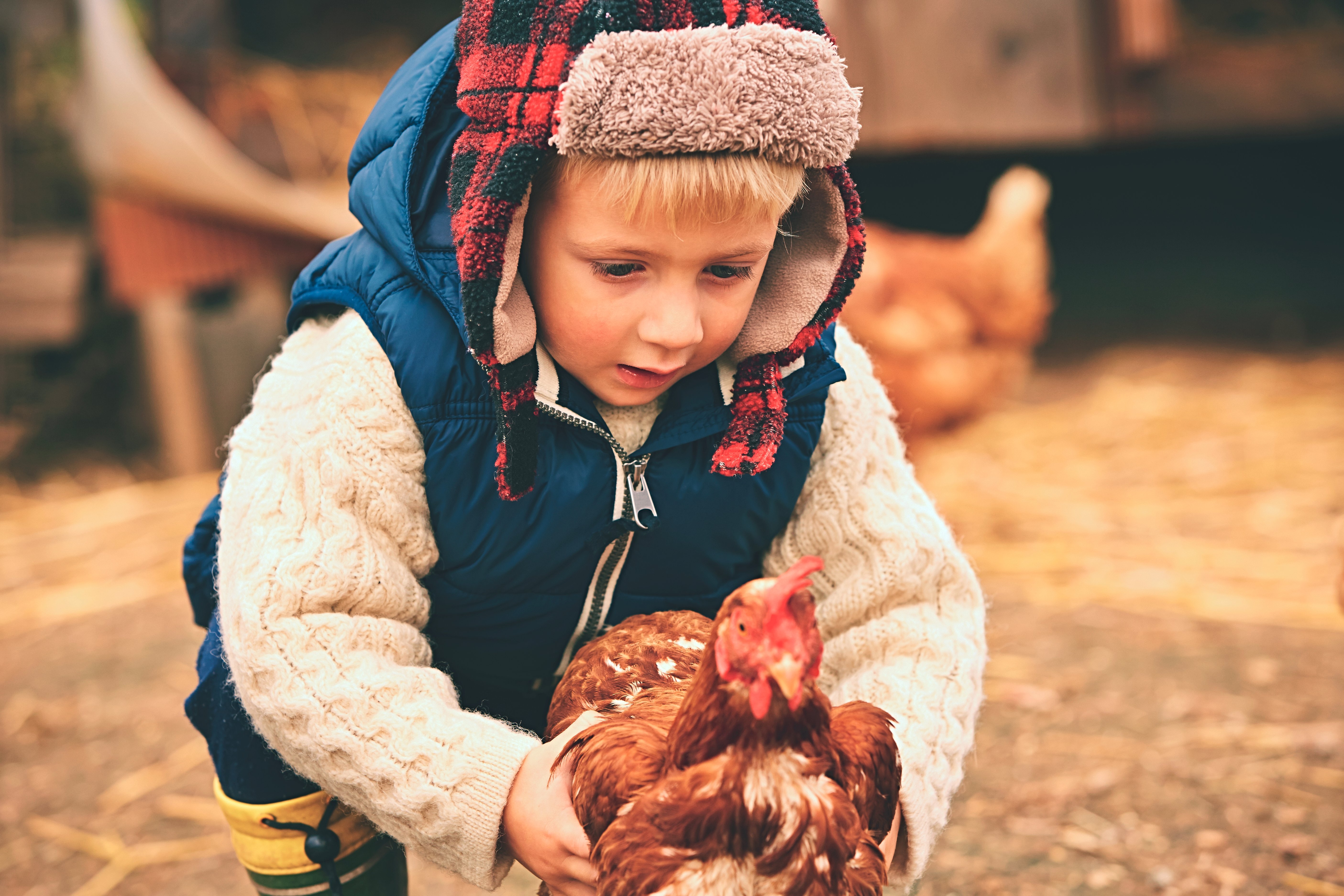
As winter settles in our clucky, feathered friends begin huddling together to conserve body heat as well as for communal protection. When raising chickens in our cities and townships, there are several things we can do to help protect and keep them warm when the temperatures dip.
Chickens are fairly sturdy birds and most breeds can tolerate the cold for short durations but subzero temperatures and/or prolonged temperatures near freezing can be dangerous. Here are some things to keep in mind during January and February when temps can be the most challenging for chickens:
Reliable Housing
Chickens need protection from both the wet and the cold with a sturdy structure and mesh for ventilation and protection from predators.
Clean Housing
Do this on a weekly basis in every season. Winter months could require more time mucking as Chickens will spend more time in the confined space.
Ventilation
Fresh air always needs to be circulated, even in the winter. With chickens in confined spaces and the moisture expelled from the breaths, it’s even more important that fresh air is constant. This also prevents moisture from settling on their feathers, wattles and combs which can be unhealthy for them. Ideally, the airflow is consistent without being drafty, which can also be harmful.
Say No to Most Heating Sources
This seems contradictory but most heating elements, including bulbs, can be dangerous. Too much heat can kill the birds and fire hazards with electrical sources outside with rain present can be asking for trouble. Bulbs may not seem dangerous but Chickens are not stoic creatures and bulbs often get broken which can cause all kinds of problems. The other issue is allowing for chickens to acclimate to the colder temps where their feathers come into their winter down, which they need. Too much heat or inconsistent heat prevents them down from coming to full fruition. If you do use bulbs, hang them or secure them out of the way of chickens, which can be challenging in a small, closed-in space.
Feeding and Watering
Fresh is the name of the game here as it’s critical to maintain fresh water and feed daily. Keep water containers clean, rinsing with hot water and drying before refilling. And NEVER add any anti-freezing agents to water, which will be detrimental to the chickens. Mixing corn with regular feed is helpful to offset protein intake and is a slower burning fuel for chickens.
Scratching and Foraging
Even with the low temperatures chicken still need to scratch and forage. It’s part of their make-up. Since the Northwest is not usually prone to blizzard conditions it’s advisable to let chickens out during the day to roam in a secure area where they can scratch, peck and forage. Gathering them in at night is also important but you’ll find that they usually corral themselves into their housing near dusk.
Chickens are hearty creatures and will continue to produce eggs during the winter months. You can raise a handful or dozens as an urban dweller. With proper housing, water, feed and protection, the wintertime will just be one more season where they continue to flourish.
Let Coastal be your one-stop shop for chicken housing, waterers, chick starter, adult feed and much more Coastal knows poultry and we stand ready with every supply you could possibly need. We’re here for you.
